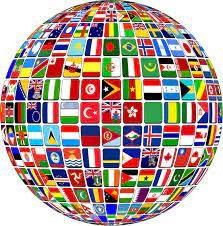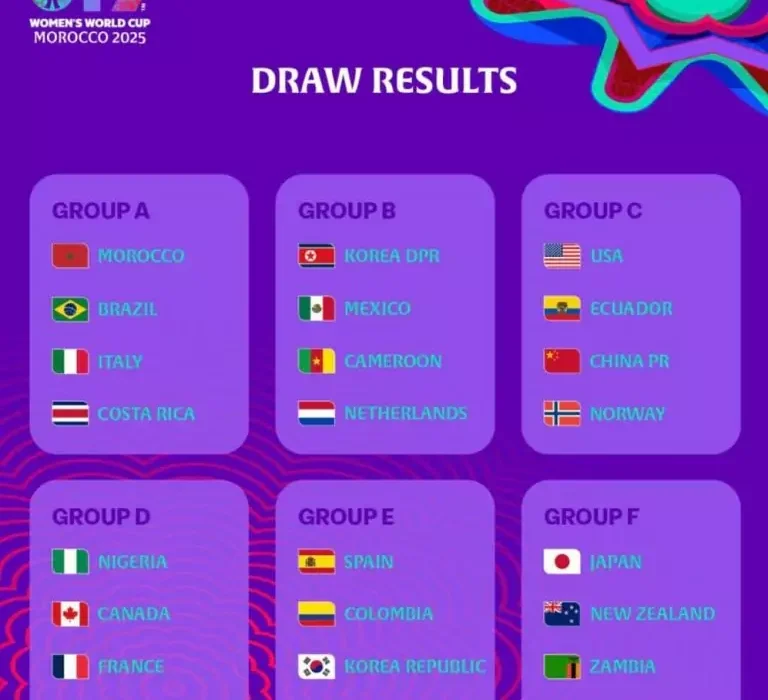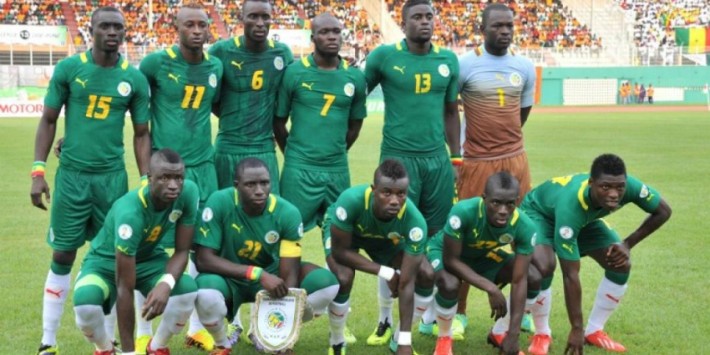The African representatives at the 2025 FIFA U17 Women’s World Cup face daunting challenges after being drawn into some of the most competitive groups for the expanded 24-team tournament set to take place in Morocco.
The official draw, held on Wednesday, June 4, at the Mohammed VI Football Complex in Maâmora, confirmed the group-stage matchups for the tournament, which will run from 17 October to 8 November in the capital city, Rabat.
This ninth edition of the competition marks the first time the tournament has featured 24 teams—up from the previous 16—and also signals the beginning of Morocco’s long-term hosting commitment, with the North African nation set to organise the next four editions through 2029.
Host nation Morocco will have their work cut out in Group A, where they are set to meet football giants Brazil and Italy, as well as a solid Costa Rica side.
The home crowd advantage may prove crucial for the Moroccans as they look to advance in what promises to be a highly competitive group.
Group B presents another major hurdle, this time for Cameroon.
They will face North Korea—a traditional powerhouse and strong title contender—alongside the Netherlands and Mexico.
With such formidable opposition, Cameroon’s path to the knockout stages will be anything but straightforward.
Nigeria, historically one of Africa’s strongest women’s football nations, have also been handed a demanding draw in Group D.
They will face France, Canada, and Samoa. The French and Canadian teams are known for their technical strength and tournament experience, placing considerable pressure on Nigeria to deliver from the opening match.
Ivory Coast, drawn in Group E, will take on Spain, runners-up from the previous edition, along with South Korea and Colombia.
All three opponents possess deep tournament pedigree, and the Ivorians will need to be at their very best to progress.
Zambia rounds out the African contingent and will feature in Group F against Japan, New Zealand, and Paraguay.
Japan’s tactical discipline and New Zealand’s physical style are likely to pose significant tests for the Zambian squad.
Group C, not featuring any African teams, includes the United States—who finished third last time—Ecuador, Norway, and China.
In addition to announcing the group stage, FIFA also unveiled the tournament’s official logo, a symbol that will be used across all editions hosted by Morocco through 2029.
As preparations continue, African fans will be watching closely, hopeful that their teams can overcome difficult starts and make a lasting impact on home soil.











